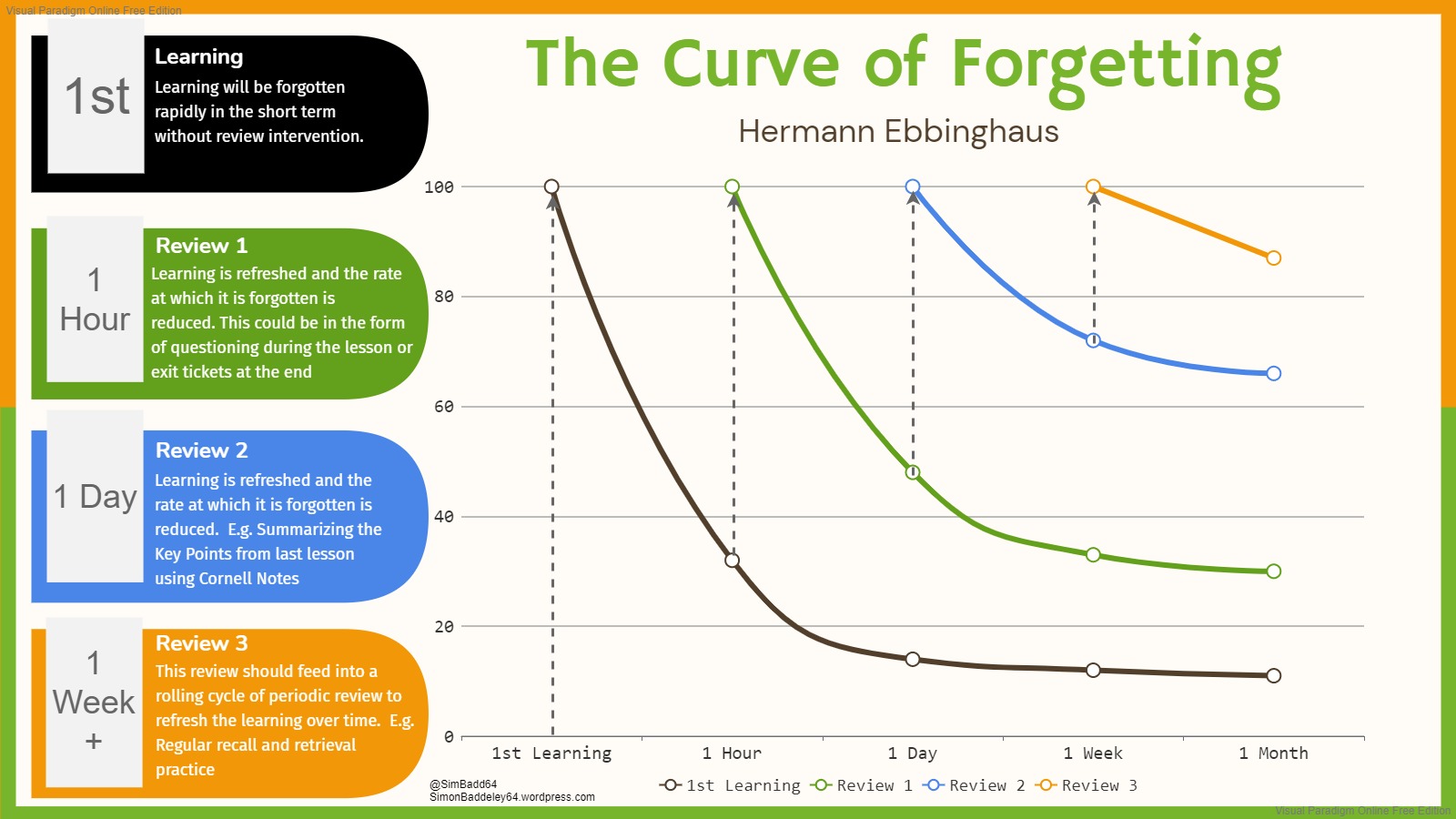- Published on
Introduction to Memory

Table of Contents
- Memory Selection
- Emotional Arousal
- Temporal Distinction
- Core Principles of Human Memory
- Four Senses of Memory
- Adaptive Memory
- Enhancing Memory vs. Impairing Memory
- Forgetting Memory
- Summary
Memory Selection
Emotional Arousal
Emotional arousal has the effect of honing memory selectivity. When emotional arousal occurs, the mind becomes more selective in what it chooses to remember.
A notable example of this phenomenon is the weapon-focus effect, wherein a witness tends to remember the weapon involved in a crime scene more distinctly than the suspect. This occurs because the cognitive resources are predominantly directed towards the weapon, subsequently reducing the resources available to process other aspects of the surrounding environment.
Temporal Distinction
Temporal distinctions are closely tied to how memory is structured. Specifically, context chunks our experiences into episodes in accordance with the flow of our surroundings through space and time. A clear example of this is observed when you enter another room, signaling a new episode of memory to occur. During the pandemic, many have found that time seems to compress, as the unchanging context of staying in the same environment blurs the distinction between different episodes of memory.
Core Principles of Human Memory
Memory has to do with the after-effects of stimulation at one time that manifest themeslves subsequently at a later time. A more comprehensive definition is as follows.
Four Senses of Memory
- Memory requires neurocognitive capacity to encode, store, and retrieve information
- A hypothetical store for information
- The information that is in that store (synaptic weights, or psychological code)
- An individual’s phenomenal awareness of remembering something.
In this way, memory is not just a single, straightforward process but a multi-faceted concept encompassing various aspects from neurocognitive functioning to personal awareness.
Adaptive Memory
The process of memory can be simplified by comparing it to actions on a computer. Initially, encoding occurs, like opening a new Word document and writing, where new information is received and processed. This is followed by consolidation, comparable to saving the file on your computer, where the information is stored and stabilized. Lastly, the retrieval stage, resembling reopening a saved document, allows for access to and recognition of previously stored information.
Transitioning into memory accuracy, the DRM (Deese-Roediger-McDermott) paradigm proves pivotal in exploring false memory. In this paradigm, presenting a list of semantically related words triggers a semantic activation within the memory network. Activation of one item or concept inherently triggers other interconnected items, leading to the emergence of false memories where individuals may recall words or ideas not actually presented, but semantically related to those that were. This paradigm sheds light on the nuanced mechanisms underpinning our memory system and how semantic networks contribute to false memory phenomena.

From these examinations, it is understood that memories are dynamic, ever-evolving entities rather than static snapshots. They don't serve as precise records of past events, debunking a common belief. Moreover, memories are prone to distortion. These insights collectively contribute to a more nuanced understanding of memory, veering away from the notion of it as a flawless repository of the past.
Enhancing Memory vs. Impairing Memory
Understanding the dynamics of memory entails delving into the various factors that either enhance or impair memory retention and retrieval. A notable phenomenon within this domain is the Von Restorff Effect, which posits that distinctive or unusual stimuli are more likely to be remembered compared to common or repetitive stimuli. When a particular piece of information or event stands out due to its uniqueness or emotional charge, it embeds itself more deeply into memory, thereby being more easily retrieved later on.
However, the flip side of this phenomenon is its potential to cause a form of memory impairment known as anterograde amnesia, especially when the distinctive stimulus is of a shocking or disturbing nature. Anterograde amnesia refers to the inability to form new memories following a significant or traumatic event. In the context of the Von Restorff Effect, a highly distinctive or startling stimulus could potentially overshadow and inhibit the encoding and retention of information encountered thereafter.
Forgetting Memory
Ebbinghaus conducted an experiment where he had individuals learn a series of consonant-vowel-consonant (CVC) random words, revealing a notable pattern in memory retention and loss over time, known as the forgetting curve. This curve demonstrated that there is a rapid loss of memory initially after learning, which then tapers off, showing a slower rate of forgetting as time progresses.
In the realm of memory, a phenomenon known as "savings" is observed, illustrating that relearning information is quicker on subsequent attempts compared to the initial learning phase. This is graphically represented by the forgetting curve, which portrays the trajectory of memory decay over time.

As depicted in the curve, memory experiences a sharp decline within the first hour post-learning, gradually stabilizing as time progresses, albeit with a continued, albeit slower, rate of decay. The exact slope of this curve can exhibit variations depending on the nature of the materials being learned. Intriguingly, at a specific point on the curve, often referred to as the elbow, sleep appears to have a protective effect on memory retention, thus mitigating the rate of forgetting. Through understanding the forgetting curve and factors like sleep, insight into memory preservation and the relearning process is enriched, shedding light on how to potentially enhance memory retention over time.
Summary
Memory Selection
- Emotional arousal sharpens memory selectivity, illustrated by the weapon-focus effect.
- Temporal distinctions, like changing contexts, help structure memory into different episodes, affected by unique environmental situations like the pandemic.
Core Principles of Human Memory
- Memory involves encoding, storing, and retrieving information.
- Four senses of memory highlight its multi-dimensional nature: neurocognitive capacity, hypothetical information store, information within that store, and personal awareness of recalling.
Adaptive Memory
- Memory process compared to computer actions: encoding, consolidation, and retrieval.
- DRM paradigm demonstrates how semantic activation leads to false memories, showing memories are dynamic, not precise records of past events, and are subject to distortion.
Enhancing vs. Impairing Memory
- Von Restorff Effect: Distinctive stimuli enhance memory, but may trigger anterograde amnesia, impeding new memory formation post-significant events.
Forgetting Memory
- Ebbinghaus' experiment with CVC random words unveils the forgetting curve, showing rapid memory loss initially that slows down over time.
- The "savings" phenomenon suggests quicker relearning on subsequent attempts, with sleep at a specific point on the forgetting curve aiding in memory retention.
- Authors

- Name
- Apurva Shah
- Website
- apurvashah.org